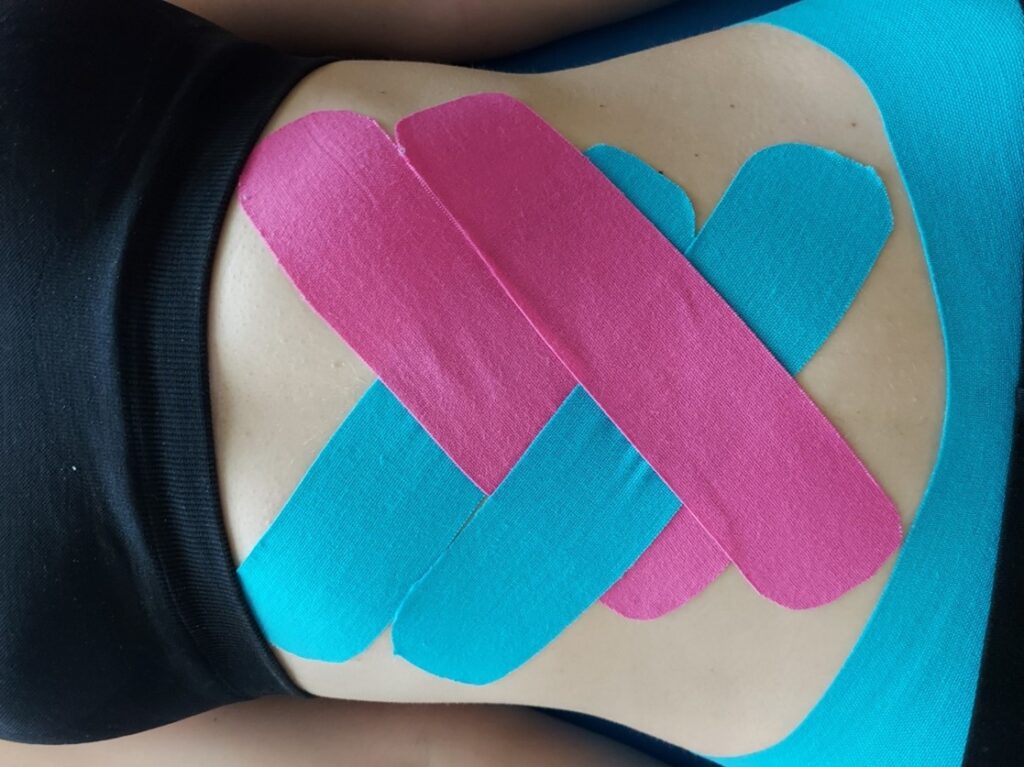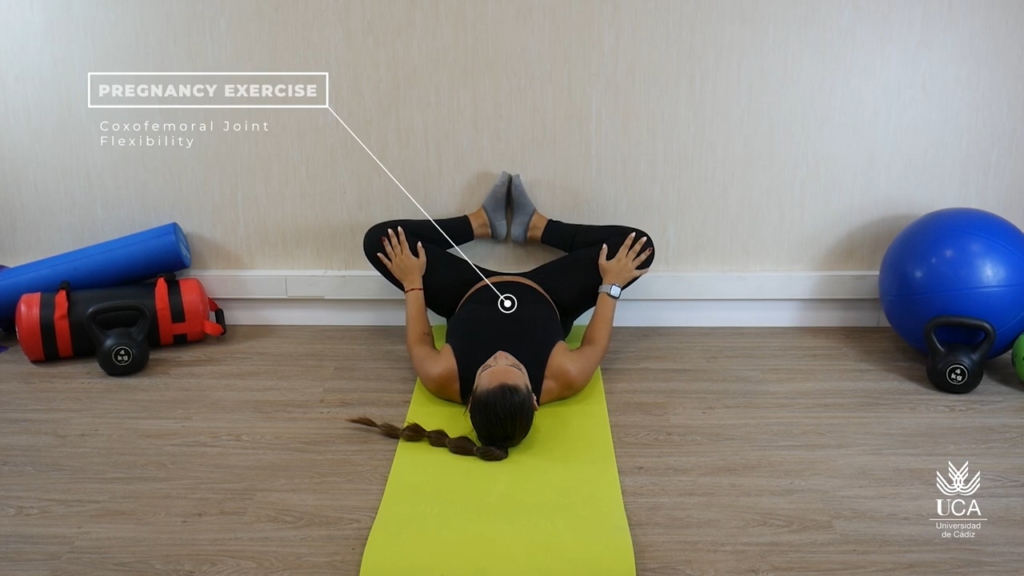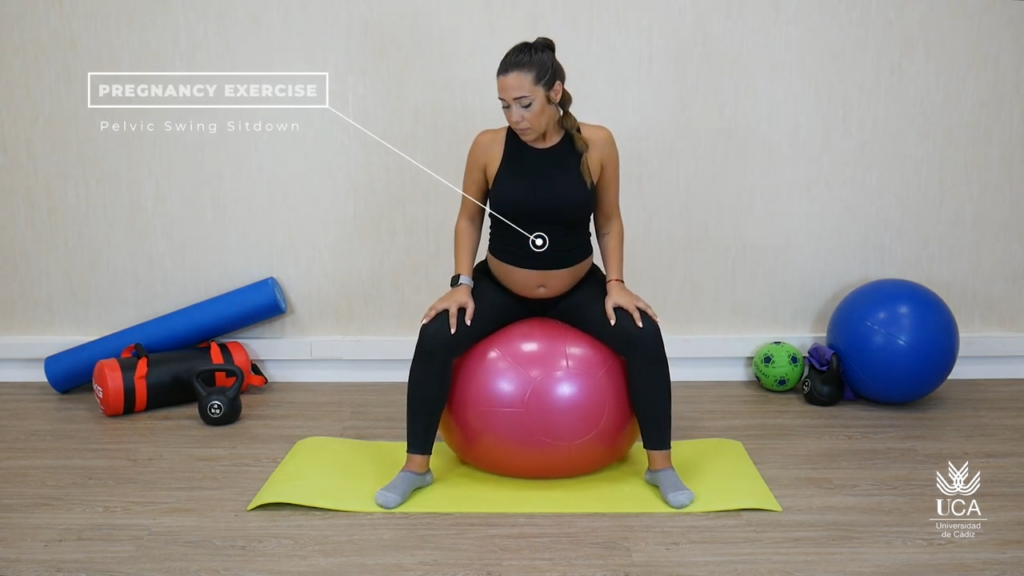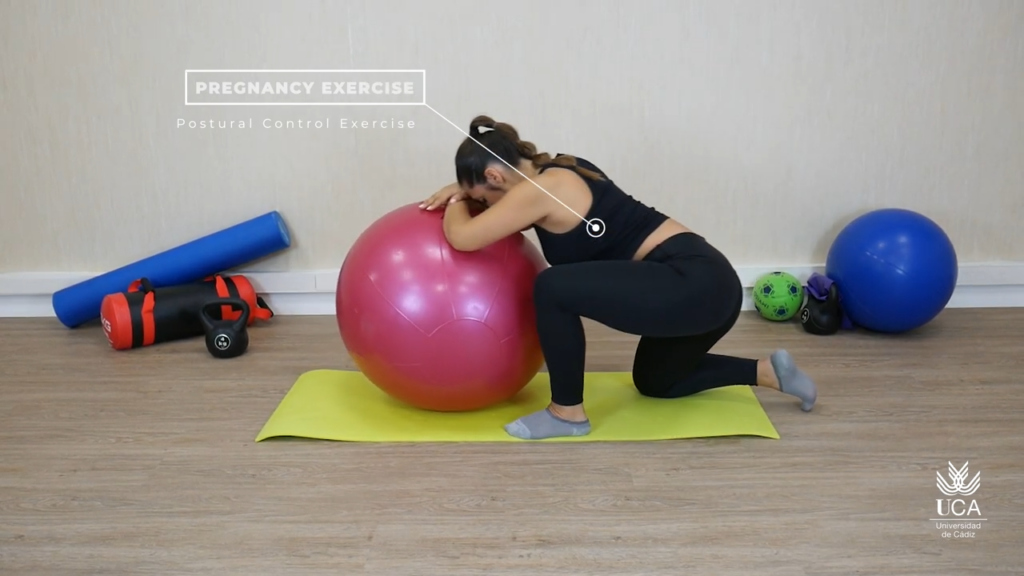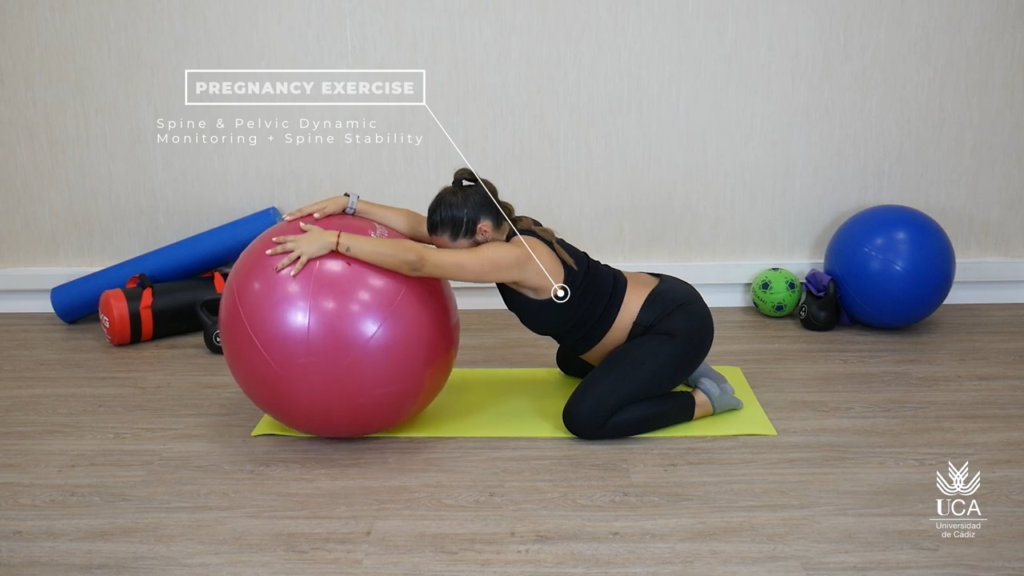Patients with diastasis recti abdominis (DRA) after childbirth often wonder whether conservative or surgical treatment of this dysfunction will be better. In this case, conservative treatment, i.e. physiotherapy, should always be applied first.
In most women, DRA resolves spontaneously in the postpartum period. Full recovery usually takes place a year after delivery. Today, research does not answer why some women still have this problem a year after giving birth. . If the increased distance between the parts of the rectus abdominis (IRD) is maintained, conservative treatment, i.e. physiotherapy, is used.
Does every patient with diastasis rectus need physiotherapy after childbirth? No. Even if the distance between the parts of the rectus abdominis muscle is increased, but the linea alba is strong, elastic, and the patient has a normal breathing pattern, correct posture and does not report any ailments, she does not require therapy. If the linea alba is weak, flaccid, and the patient has an abnormal breathing rhythm, discomfort and other ailments (e.g. pain in the lumbar-pelvic area, abdominal muscle weakness, pelvic floor muscle dysfunction and weakness, or presence of a hernia), then treatment is necessary.
The most commonly used exercises in DRA therapy are abdominal muscle exercises (transversus abdominis and rectus abdominis muscles), posture training, education and training in appropriate movement and lifting, Pilates, Tupler technique, pelvic floor muscle exercises as activation of the transversus abdominis muscle, manual therapy (soft tissue mobilisation, muscle and fascial techniques), osteopathic techniques, kinesiotaping, external bracing.

If conservative treatment is ineffective, surgical intervention is often used in patients with high aesthetic and/or functional discomfort or the presence of a hernia. Surgical treatment of DRA is controversial. Some authors recommend surgery in patients with an IRD distance greater than 3 cm. According to others, the indication for surgery is determined by the presence of a hernia or the assessment of protrusion, and not only by the presence of a diastasis. However, sometimes relapses are observed after surgical treatment.
Antonina Kaczorowska
References:
- Acharry N, Kutty R. Abdominal exercise with bracing, a therapeutic efficacy in reducing diastasis-recti among postpartal females. Int J Physiother Res. 2015;3(2):999-1005.
- Awad M, Morsy M, Mohamed M, et al. Efficacy of Tupler Technique on Reducing Post Natal Diastasis Recti: A Controlled Study. Br J Appl Sci Technol. 2016;12(1):1-8.
- Benjamin DR, van de Water ATM, Peiris CL. Effects of exercise on diastasis of the rectus abdominis muscle in the antenatal and postnatal periods: a systematic review. Physiotherapy. 2014;100(1):1-8.
- Brauman D. Diastasis recti: clinical anatomy. Plast Reconstr Surg. 2008;
122(5):1564-1569. - Carlstedt A, Bringman S, Egberth M, Emanuelsson P, Olsson A, Petersson U, Pålstedt J, Sandblom G, Sjödahl R, Stark B, Strigård K, Tall J, Theodorsson E. Management of Diastasis of the Rectus Abdominis Muscles: Recommendations for Swedish National Guidelines. Scandinavian Journal of Surgery. 2021;110(3):452-459.
- Gitta S, Magyar Z, Tardi P, Füge I, Járomi M, Ács P, et al. How to Treat Diastasis Recti Abdominis with Physical Therapy: A Case Report. J Diseases. 2016;3(2):16-20.
- Jessen ML, Öberg S, Rosenberg J. Treatment Options for Abdominal Rectus Diastasis. Front Surg. 2019;6:65.
- Keeler J, Albrecht M, Eberhardt L, et al. Diastasis Recti Abdominis. J Womens Health Phys Ther. 2012;36(3):131-142.
- Kimmich N, Haslinger C, Kreft M, Zimmermann R. Diastasis Recti Abdominis and Pregnancy. Praxis (Bern 1994). 2015;104(15):803-6.
- Michalska A, Rokita W, Wolder D, Pogorzelska J, Kaczmarczyk K. Diastasis recti abdominis – a review of treatment methods. Ginekologia Polska. 2018;89(2):97-101.
- Siddiky AH, Kapadia CR. Laparoscopic plication of the linea alba as a repair for diastasis recti – a mesh free approach. J Surg Case Rep. 2010;(5):3.
- Walton L, Costa A, LaVanture D, McIlrath S, Stebbins B. The effects of a 6 week dynamic core stability plank exercise program compared to a traditional supine core stability strengthening program on diastasis recti abdominis closure, pain, oswestry disability index (ODI) and pelvic floor disability index scores (PFDI). Phys Ther Rehabil. 2016;3(1):3.
